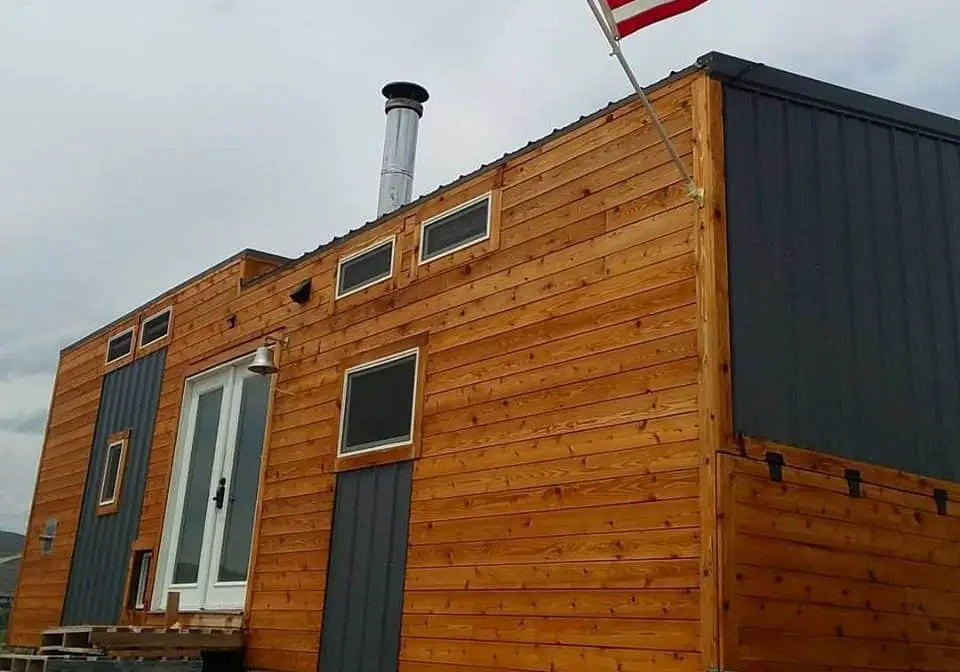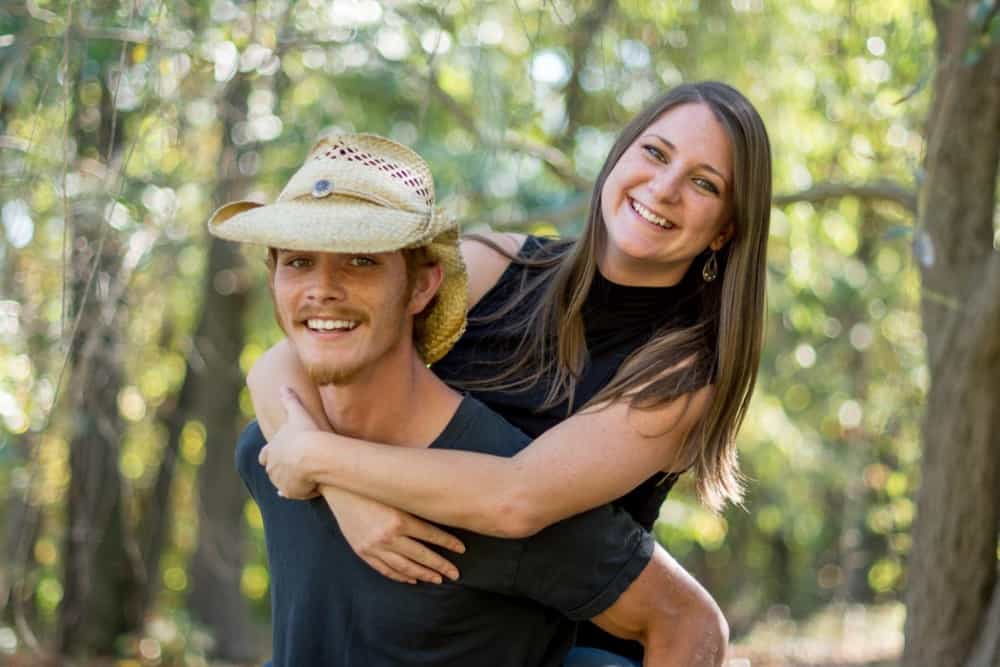
Specialized Tinys, LLC
Educating the public about tiny house life while building affordable quality tiny homes.
Learn More

Educating the public about tiny house life while building affordable quality tiny homes.

We have been living tiny off-grid for years now. Check out our blog to learn more.
